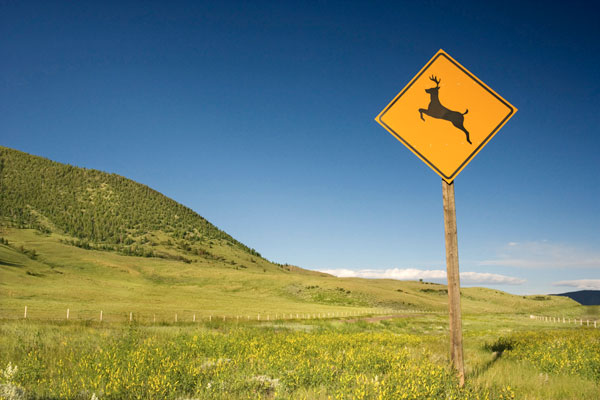Trekking refers to extended travel on foot, usually for the purpose of adventure and exploration. Those who engage in trekking are often interested in hiking, mountain climbing, scenery, nature, and the outdoors. While treks may last a day or less, trekking usually refers to a multi-day trip covering many miles and involving one or more overnight stays.
Trekking can be combined with other outdoor activities, such as mountain climbing, rock climbing, show shoeing, rappelling, camping, and cross country skiing. Longer treks require more planning as well as a higher degree of physical fitness. Trekkers to more remote parts of the world need to be prepared for a variety of conditions, including challenging terrain, wildlife, and weather.
Trekking can be done anywhere in the world. Advanced trekkers are often drawn to lengthier routes that offer greater challenges and require more preparation, such as for unusual or extreme weather conditions, altitudes, or terrain. Trekking can test physical, psychological, and emotional stamina. It can also be a great way to bond with friends, colleagues, and others interested in trekking.
Around the world, there are many famous trekking routes – some famous for the difficulty and challenge they post trekkers, others for the beauty of scenery they offer. Some of the most famous trekking routes are in Peru, Nepal, Sweden, Tasmania, Chile, and Nambia.
Charity groups sometimes use trekking events as a way to raise money for a particular cause, such as breast cancer.
As with any adventure, the right gear can make a big difference. In trekking, participants can benefit from comfortable yet supportive hiking boots, an appropriately sized backpack (the longer the trip, the bigger the pack), and full-function GPS. A first aid kit is a must.
If you are new to the sport of trekking, you may want to take advantage of a guided trekking group tour or take one of many trekking seminars offered by outdoor groups and outdoor outfitter companies around the world.

